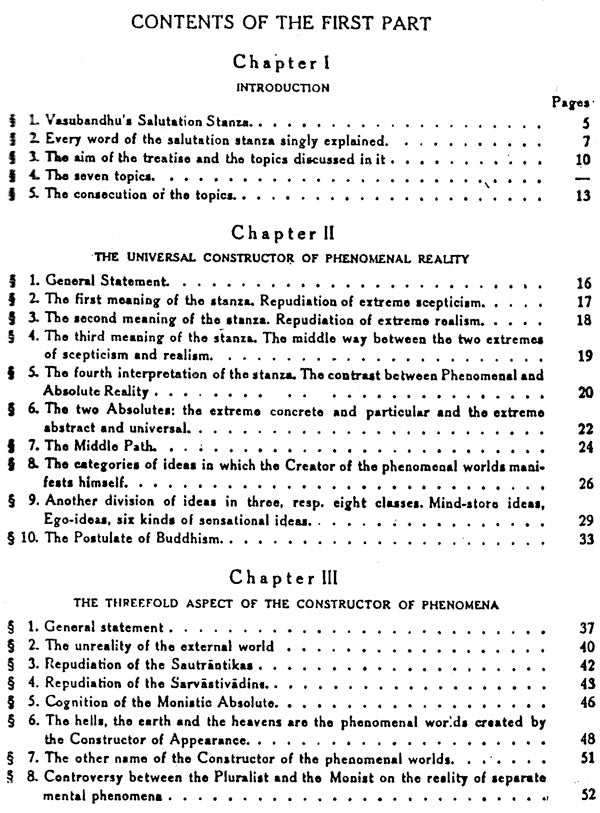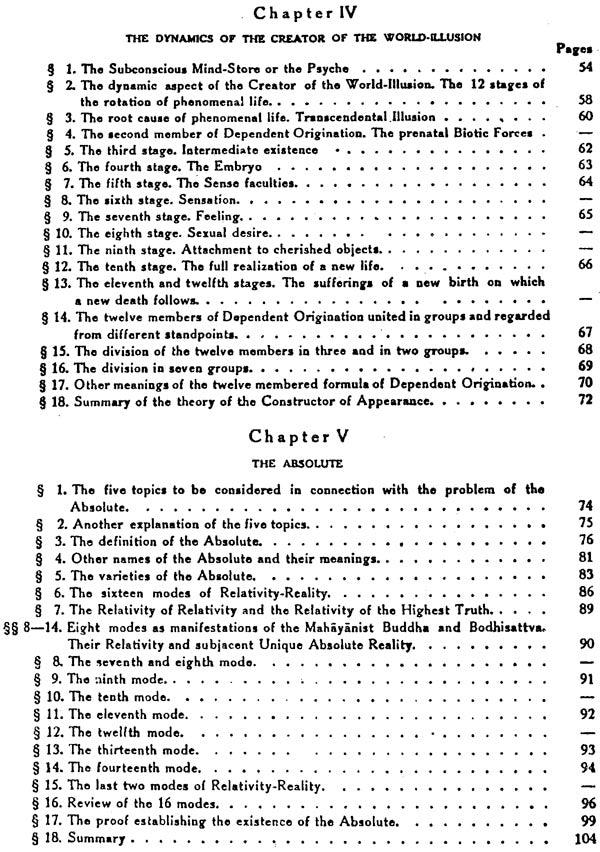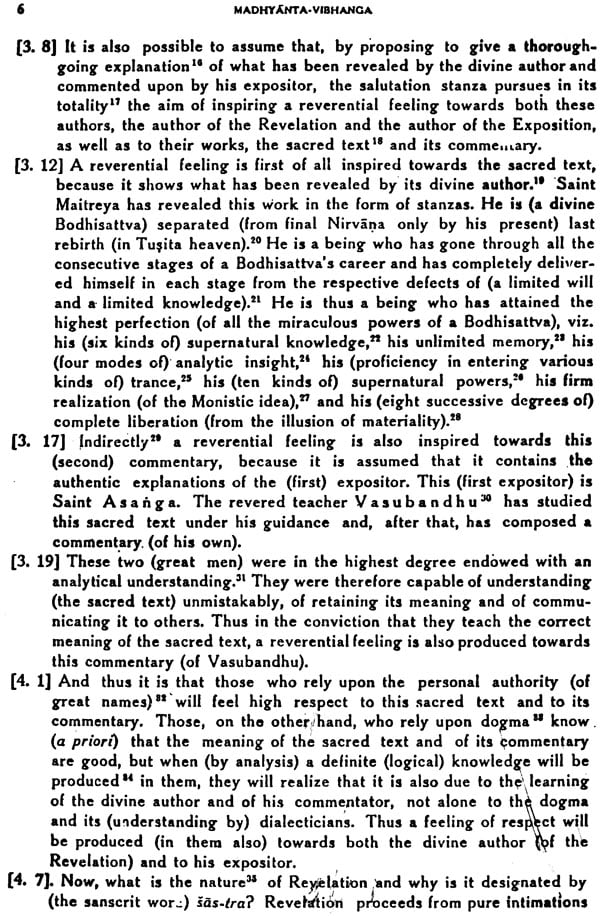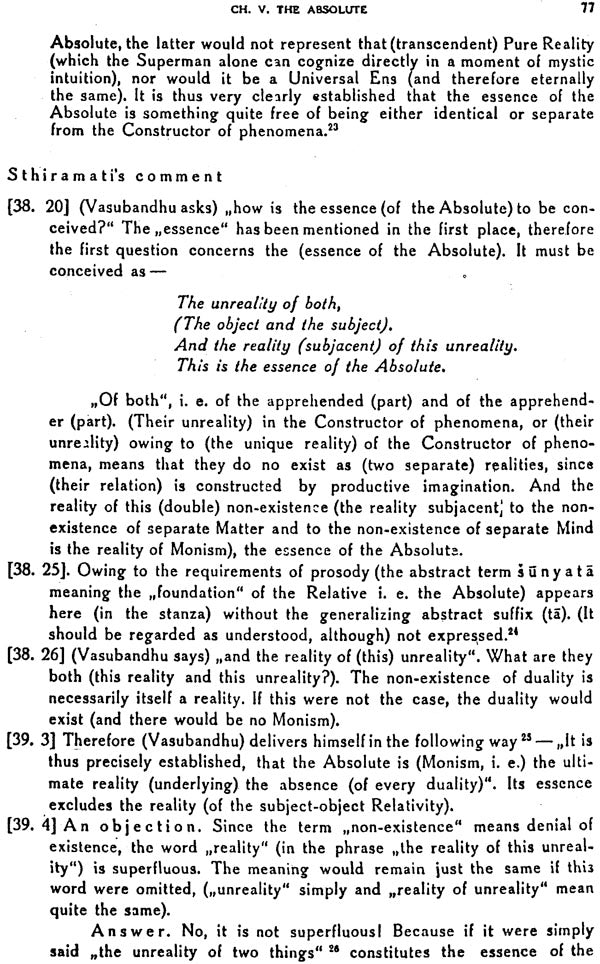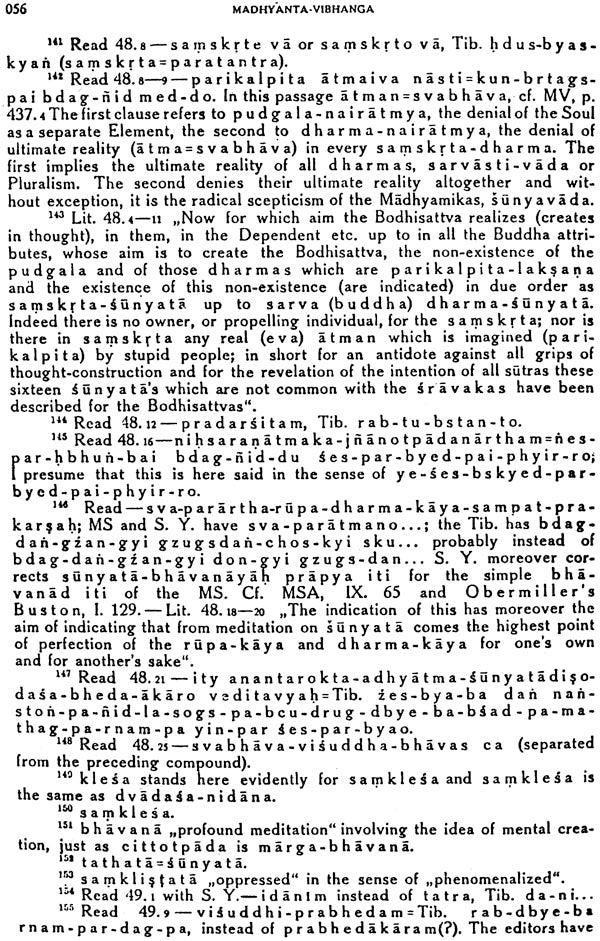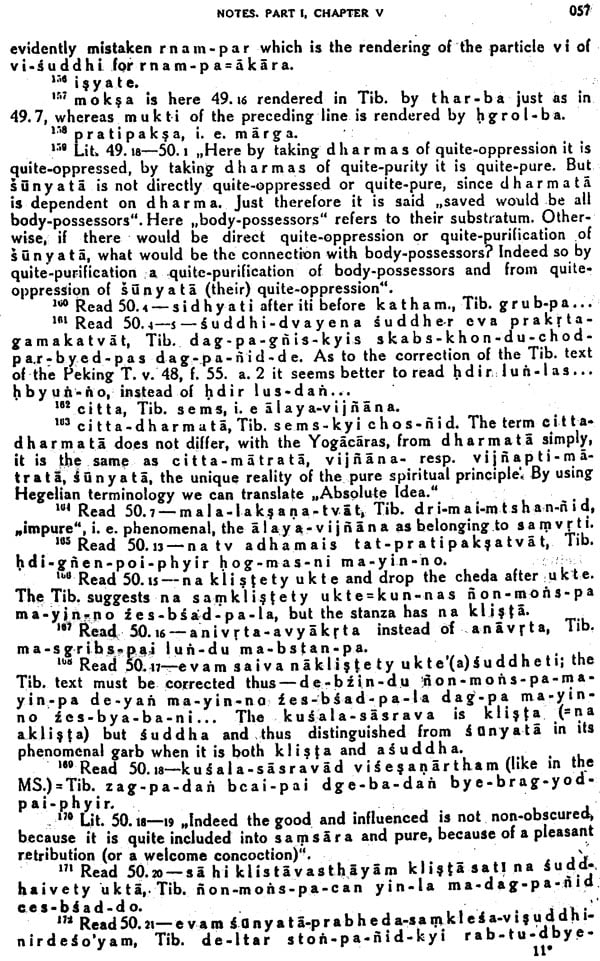Madhyanta Vibhaga: Part 1
Madhyanta Vibhaga: Part 1 is backordered and will ship as soon as it is back in stock.
Couldn't load pickup availability
Genuine Products Guarantee
Genuine Products Guarantee
We guarantee 100% genuine products, and if proven otherwise, we will compensate you with 10 times the product's cost.
Delivery and Shipping
Delivery and Shipping
Products are generally ready for dispatch within 1 day and typically reach you in 3 to 5 days.
Publisher: Sri Satguru Publications
Author: Th. Stcherbatsky
Language: English
Edition: 1992
ISBN: 9788170303015
Pages: 176
Cover: Hardcover
Dimensions: 17 cm x 26 cm
About the Book
This seminal work presents the English translation of the first part of the Madhyanta-Vibhanga-Sastra—a foundational text of the Vijnanavada (Yogachara) school of Northern Buddhism—composed by Maitreya-Asanga and elaborated through the commentaries of Vasubandhu (Bhasya) and Sthiramati (Tika). This school represents the final philosophical evolution of Indian Buddhism before its influence spread across Asia and interwove with other traditions such as Gnosticism.
Divided into five insightful chapters—Introduction, The Universal Constructor of Phenomenal Reality, The Three-fold Aspect of the Constructor, The Dynamics of the World-Illusion, and The Absolute—the book explores the dual essence of ultimate reality and the structure of experience as interpreted by Yogachara thinkers.
Th. Stcherbatsky’s translation not only includes the root verses (karikas) of Maitreya-Asanga but also offers a full English rendering of Vasubandhu’s bhasya and Sthiramati’s tika. Drawing upon original Sanskrit manuscripts and reliable Tibetan sources, Stcherbatsky employs a European philosophical lens to interpret the deeply technical Buddhist terminology—bridging Indian and Western thought traditions.
The preface offers historical context, noting the text’s dual discovery and the varied scholarly contributions that followed. Stcherbatsky articulates how Buddhism evolved from a pluralistic empiricism—founded on the analysis of dharmas (fundamental elements of reality)—to Mahayana’s spiritually monistic interpretations. This work also reaffirms the relevance of Tibetan sources in clarifying complex Buddhist concepts that the Pali tradition often overlooked.
Ideal for scholars, practitioners, and serious readers of Buddhist philosophy, this volume serves as both a translation and a philosophical commentary—shedding light on the subtleties of Yogachara metaphysics, epistemology, and soteriology.



